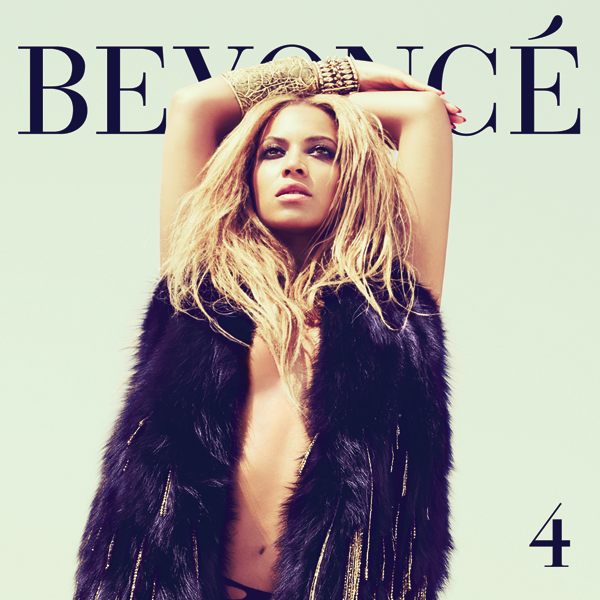
“Transmedia” and Storyworld: How “Story” Evolves in Entertainment
Transmedia is one of those new words (birthdate: 2007) you may not have heard of: Here’s the wiki. And it may not be bedtime but transmedia storytelling is the multisyllabic hot phrase your kids might learn about before you do. It’s a mouthful – but stay with me here. (Or go with Beyonce, whose concert diagram puts into a very crazy picture this idea that her personas and website extend her brand of herself around the active periphery of the live-concert apotheosis.)
 Sparksheet dot com, is media partner to the very first appearance of a conference dedicated to transmedia storytelling, Storyworld, that opens in San Francisco today, Oct. 31.
Sparksheet dot com, is media partner to the very first appearance of a conference dedicated to transmedia storytelling, Storyworld, that opens in San Francisco today, Oct. 31.
Storyworld is attracting some 400 of the geeks who have already made transmedia their professional practice. Here is one participant’s (Jim Babb’s) description:
To me, transmedia is one or more stories that live on different screens. It’s about audience participation and the story changing with audience interaction, until that same story comes back and interacts with them in a different way.
Sparrow Hall whose recently released paperback book includes music, video and artwork in addition to two short stories, says this:
I don’t like experiences where you’re forced to do anything in a specific sequence. I want to be able to move around freely. When I created my type of transmedia storytelling, I wanted each of the elements to really exist on their own. When I was in college, the movie Trainspotting came out and I heard the soundtrack being played at a club one night. I went out and bought the soundtrack to it, even before I had read the book or seen the movie, so in that way, the soundtrack was a way of letting me into that story world.
The “disciplines” such as they are, that constitute the platforms where transmedia storytelling is proliferating, include games (Farmville); TV shows like True Blood on HBO or The Walking Dead on AMC; and luxury brands like BMW which has created a $100m venture fund for developers of location-sharing mobile apps. (Is BMWseeing green potential in transmedia storytelling by urban car drivers?)
Conceptually, transmedia storytelling first emerged out of professor Henry Jenkins’s blog back in 2007. Jenkins is the author of Convergence Culture – which hosts the “Future of Entertainment” conference coming in November in SoCal.
We know it’s a new world, love or loathe it. If you can’t get it out of your head that disciplines like “books” and “movies” occur one after the next (“loved the book, hated the movie”, or vice versa), consider growing down, to where transmedia storytelling is proposing: Sequence, an irrelevance. Story, an umbrella possibly meaning Fragments. Is this the furtherance of hypertext once thought to be the future of fiction? I don’t know, but sure is fascinating.
Among the firsts that attendees of Storyworld will be previewing: A “social film project” titled The Inside Experience (produced by Intel), in which the director also directs the audience interacting with the protagonist of the movie in real time. But did Blair Witch actually start it all?

